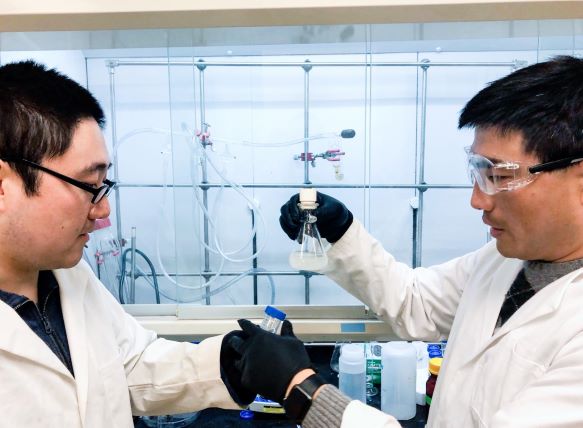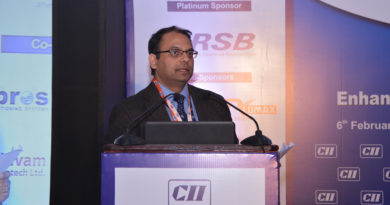Solar Powered Device Harvests Clean Water from Thin Air

The engineers at The University of Texas at Austin may have a solution for one of the world’s challenges of acquiring clean water. A breakthrough may offer a new solution through solar-powered technology that absorbs moisture from the air and returns it as clean, usable water.
According to the recent research published in the journal Advanced Materials, a research team led by Guihua Yu in UT Austin’s Cockrell School of Engineering have successfully combined hydrogels that are both highly water absorbent and can release water upon heating.
This unique combination has been successfully proved to work in humid and dry weather conditions and is crucial to enabling the production of clean, safe drinking water from the air. The new technology is touted as a breakthrough because the tech can be used during disasters, water crises or poverty-stricken areas and developing countries.
This technology builds upon a 2018 breakthrough made by Yu and Zhao in which they developed a solar-powered water purification innovation using hydrogels that cleans water from any source using only solar energy. The team’s new innovation takes that work a step further by using the water that already exists in the atmosphere.
“We have developed a completely passive system where all you need to do is leave the hydrogel outside and it will collect water,” said Fei Zhao, a postdoctoral researcher on Yu’s team and co-author of the study. “The collected water will remain stored in the hydrogel until you expose it to sunlight. After about five minutes under natural sunlight, the water releases.”
There are an estimated 50,000 cubic kilometers of water contained in the atmosphere, and this new system could tap into those reserves and potentially lead to small, inexpensive and portable filtration systems.
“The new material is designed to both harvest moisture from the air and produce clean water under sunlight, avoiding intensive energy consumption,” said Yu, an associate professor of materials science and mechanical engineering.
For both hydrogel-based technologies, Yu and his research team developed a way to combine materials that possess both hygroscopic (water-absorbing) qualities and thermal-responsive hydrophilicity (the ability to release water upon simple heating).
Harvesting water from moisture is not exactly a new concept. Most refrigerators keep things cool through a vapor condensation process but use a lot of energy to do so. The UT team’s technology requires only solar power, is compact and can still produce enough water to meet the daily needs of an average household. Prototype tests showed daily water production of up to 50 liters per kilogram of hydrogel.
This new technology represents a novel strategy that improves upon the current atmospheric water harvesting techniques, additionally, the technology could replace core components in existing solar-powered water purification systems or other moisture-absorbing technologies.
To watch the research video, click here




